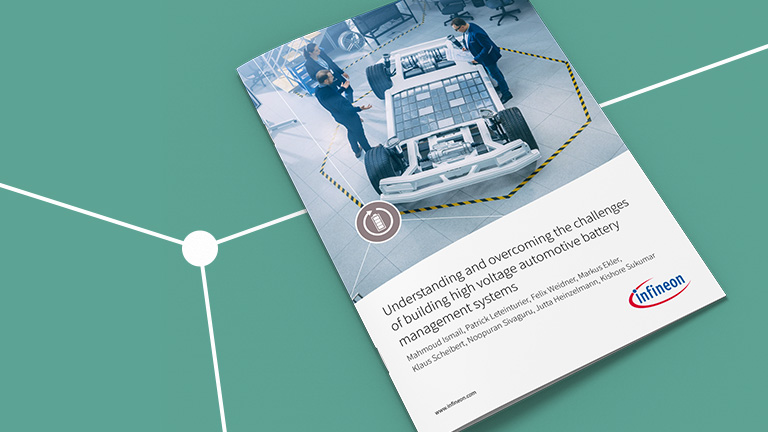Abstract
Utilizing a battery pack to its maximum is essential. This is of particular importance, since Li-ion chemistry is a complex chemistry that requires management. Incorrect management of the cells can not only reduce the efficiency, lifetime and performance of the battery but also lead to catastrophic events such as thermal runaway. Therefore, a battery management system (BMS) is used. BMS is a system that monitors and regulates the charging and discharging of the battery, making the battery more intelligent by enabling its key functionalities. The individual BMS sub-functions are always OEM-specific and can therefore differ considerably depending on the system design. The tasks of the BMS discussed in this article are therefore not necessarily comprehensive for a particular BMS, and are implemented in different ways depending on the electric vehicle manufacturer.


